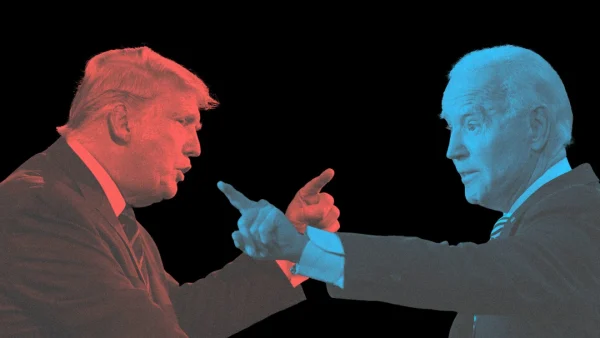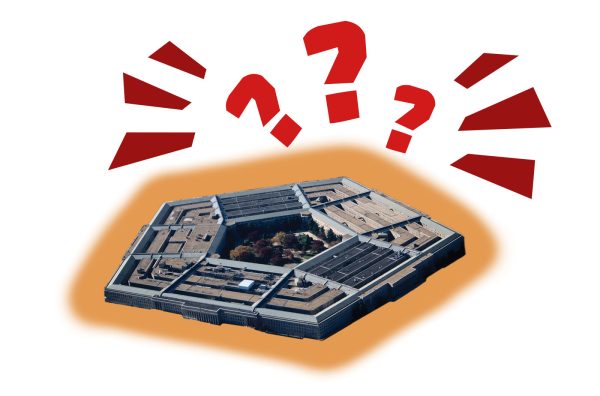The Secular New Year
The History of New Year’s Resolutions
The Babylonians celebrated the new year during the festival of Akitu where they would crown their king and promise to pay for their labor, objects and status. If those promises were sustained, the gods were thought to favor them. Throughout antiquity, Egyptians began the new year when the Nile, which was considered a gift of the gods, was inundated as the Sirius star rose and celebrated Khnum, who created humans from the mud of the river. The new year celebrated new life. However, when Julius Caesar established the beginning of the new year as January 1 in celebration of the god Janus, the emphasis shifted to Janus’ two-faced nature, one face contemplating the past and the other awaiting the future. In turn, Romans would promise to act benevolently, similar to the promises of the Babylonians. Instead of centering on the future year like the Babylonians or Egyptians, Caesar begins the new year as both a departure of the past and arrival of the future, creating a duality. From that duality and the implementation of the Gregorian calendar, the tradition of starting over through resolutions began. In contemporary time, the relationship between religion and the New Year has become much more secular. Instead of making promises to gods, we promise ourselves the accomplishment of a resolution.
Around the world people celebrate the new year differently. In Spain, people eat a dozen grapes at midnight with each one granting a resolution. In South Africa, people will discard furniture from the prior year through the window to release the past. In Ecuador, people burn paper statues of people who had aggrieved or persecuted people in the year prior such as a corrupt politician. In South Korea, people observe the first sunrise of the year to bring newness into their first day. After the celebrations people create New Year’s resolutions to amend the indulgences and mistakes of the last year with the hope of bettering their disposition in the new year. Others create resolutions that they failed to accomplish in the years prior. Arguably the first modern account of a New Year’s resolution was from a 1813 Boston newspaper which stated that many “who will sin all the month of December, with a serious determination of beginning the new year with new resolutions and new behaviour, and with the full belief that they shall thus expiate wand wipe away all their former faults.” The creation of resolutions is humans’ form of authority over the future. Obviously, having authority over the unknown future is a vain attempt at foretelling, but creating resolutions is a significant and valuable attempt at structuring our futures. For this reason, creating resolutions can orient an individual’s values, and interim objectives towards the continued resolution and everyday accomplishments, deeming their creation worthwhile.
For the new year to improve myself, I created an interim resolution to read a non-academic book for thirty minutes every day. As an English major, I value reading both for enjoyment and academics, but unfortunately I am regularly reading for academic purposes only. So as a continuous resolution, I would like to read ten non-academic books each semester. I urge everyone to create resolutions to accomplish personal objectives and structure their future year around their own values.
Your donation will support the student journalists of Saint Louis University. Your contribution will help us cover our annual website hosting costs.











